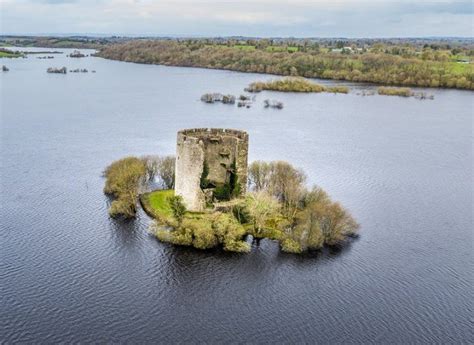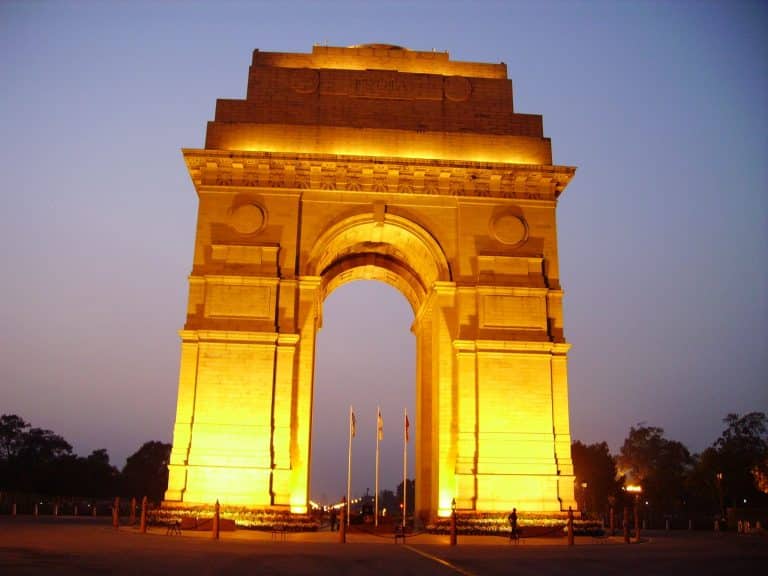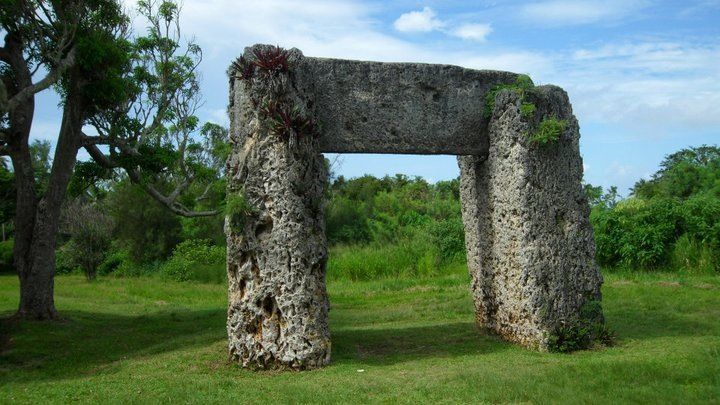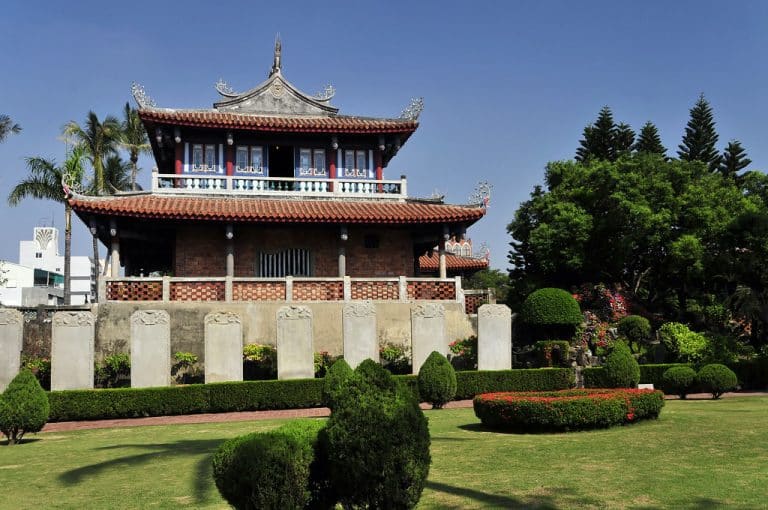Latin America
Latin America was my next stop in my journey around the world. While I was there, I delved into landmarks that showed the region’s unique history and culture.
Site 1: The first site I visited was the Nazca Lines (a group of 2,000-year-old geoglyphs), which were designs done on the ground. The Nazca people were typically believed to have been the ones to create these geoglyphs, although it is possible that the Paracas and Chavin peoples, did as well. There were three types of geoglyphs that I noticed: straight lines, geometric designs, and pictorial depictions. There are over 300 geometric lines, as well as 800 straight lines on the coastal plane. The site spans 25 miles south of Peru’s’ capital city of Lima. It is located on the Rio Grande de Nazca river basin, and is 500 square kilometers. The Nazca Lines were officially established as a UNESCO World Heritage Site in 1994. The site showed 70 plants and animals. Since this site could only truly be appreciated though an aerial view, I decided to take a plane and check out some of these geoglyphs. One that instantly stuck out to me is known as “The Astronaut,” a humanoid shape that appears to be lifting up its left arm. There is also a geoglyph of a 165-foot hummingbird with its wings outstretched and looking ahead. I was particularly impressed with the geoglyph of the monkey (which was about 360 feet long). It was supposed to be standing on all fours and has its tail curled in a spiral.
Here are pictures of the three mentioned petroglyphs:



I also noticed that the ground is a rusty shade from pebbles covered in iron oxide, and the lines appeares like thin white strands against the dark reddish-brown ground. The site’s historical background, as well as the mystery surrounding their purpose and how they were created, has drawn in millions of tourists every year.
Site 2: My next destination was the Catedral Metropolitana in Mexico City, the capital of Mexico. It also had a much longer formal name: the Metropolitan Cathedral of the Assumption of the Most Blessed Virgin Mary into Heaven. As the name suggests, this site is a cathedral. It took about 250 years to construct from 1753-1813. It is 59 meters wide, 109 meters in length, and has a height of 65 meters. I observed that the building is flanked by fourteen chapels. I appreciated the cathedral’s beautiful Baroque, Neo-Classical, and Neo-Renaissance architectural styles and noticed it was built out of grey mortar and stone. The stones that the Spanish used to build this cathedral were actually taken from the Temple Mayor in Tenochtitlan, the capital of the Aztek empire. Claudio de Arciniega, a Spaniard, was the one who came up with the cathedra’s design. Its two bell towers are 215 feet tall and contain 25 bells total. Like most cathedrals, this one is laid out in the shape of a cross. After observing the architectural beauty of the cathedra’s exterior, I decided to take a look inside. I appreciated the beauty of the Alter of Forgiveness (or Alter de Perdon), with its intricate carvings and gilded appearance. However, the one aspect I especially liked was the Altar of Kings (also called Altar de los Reyes), which was built in the 18th century. The altar is beautifully gilded and extends to the celling of the cathedral’s northern wall.
Here is a picture of the Alter of Forgiveness:

Here is a picture of the Altar of Kings:

The central part of the cathedral also features wooden choir stalls with beautiful carvings that were constructed in the late 17th century. It also contains the largest 18th century organs in the Americas. One thing that stood out to me about this site was that it is sinking into the ground, which results in a few of the building’s structures to lean. The Cathedral Metropolitana is considered to be amongst one of the largest and oldest churches in the region of Latin America and holds religious and historical significance, making it a notable landmark for many.
Finally, here is a picture of the cathedral’s exterior:






